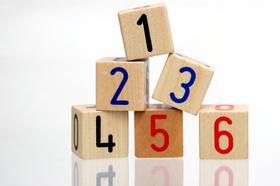Financial Aid Overlooked at Two-Year Colleges: What Private School Parents Should Know
Choosing a two-year college—whether a community college or a technical institution—can be a strategic, cost-sensitive move for students coming out of private schools. Yet many parents accustomed to the financial-aid mindset of private K-12 education overlook how aid works at two-year colleges. With updated 2025 data and insights, this article unpacks how financial aid for two-year institutions works, what is different for private-school families, and how to prepare effectively.
Why Private School Families Should Take a Closer Look at Two-Year Colleges
Lower sticker cost, but different aid mechanics. The average tuition and fees at a public two-year institution is about $3,598 annually — only 21.6% of the full cost of attendance for students living on campus. Education Data Initiative+2research.collegeboard.org+2
High potential for net-cost advantage. While private-school families may assume aid is only for expensive four-year private or public universities, two-year colleges offer access to federal and state grants that can lower cost significantly.
Different expectations and formulas. Families used to private-school tuition assistance may be surprised to find that the formulas, deadlines, criteria and institutional contexts at a two-year college are quite different. As one guide puts it: “For families coming from a private-school background, entering the world of community-college financial aid can feel like stepping into unfamiliar territory.” Private School Review


























